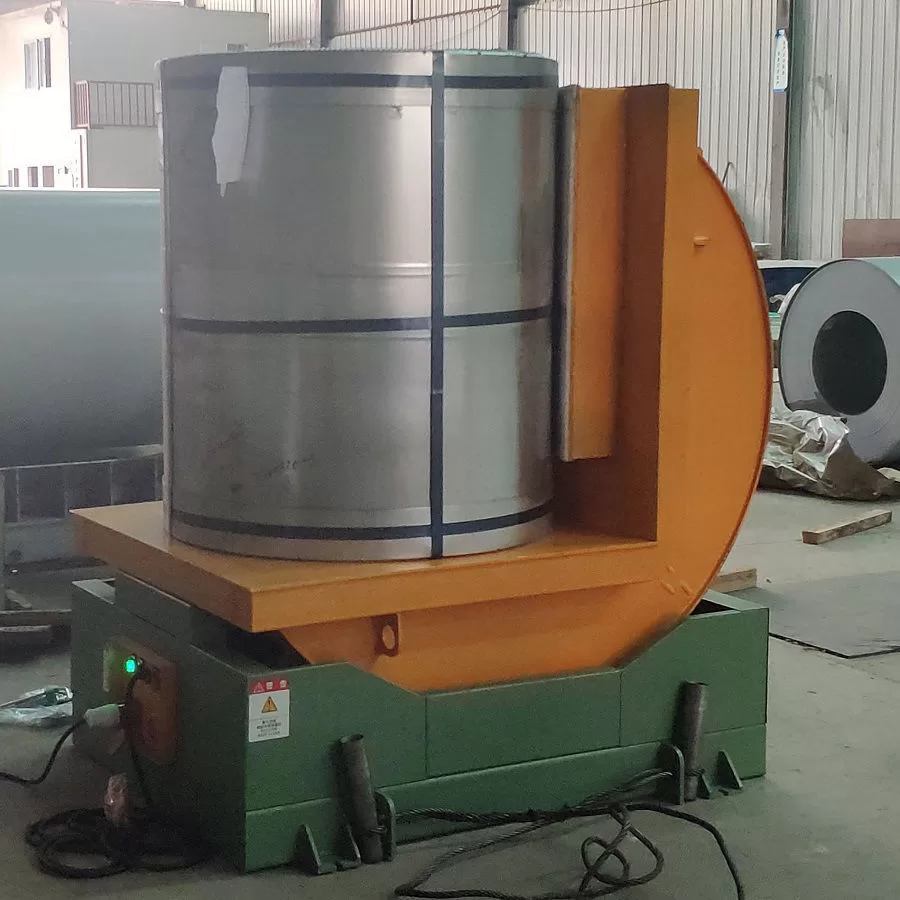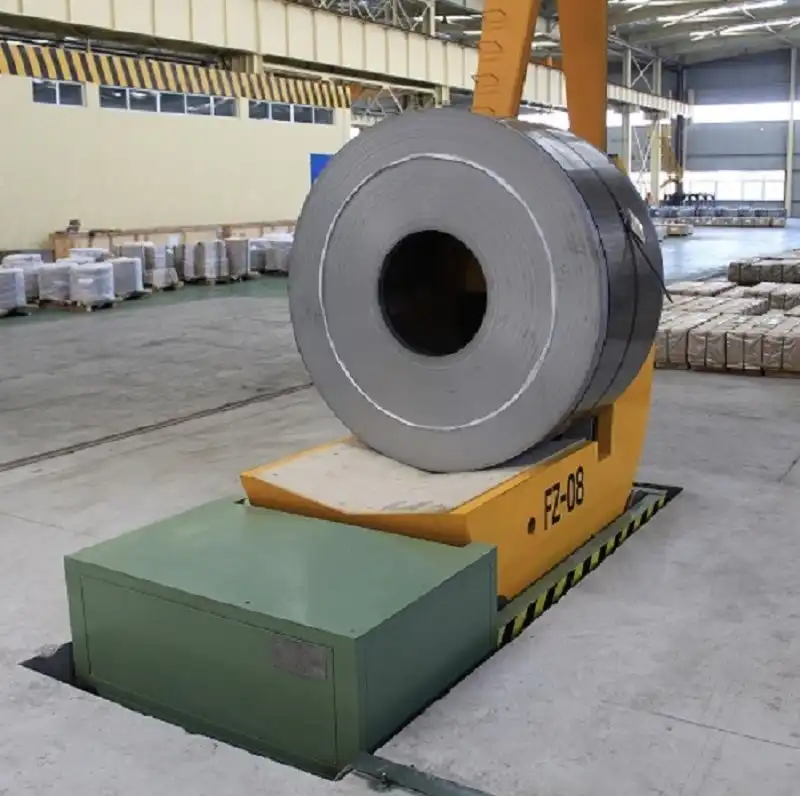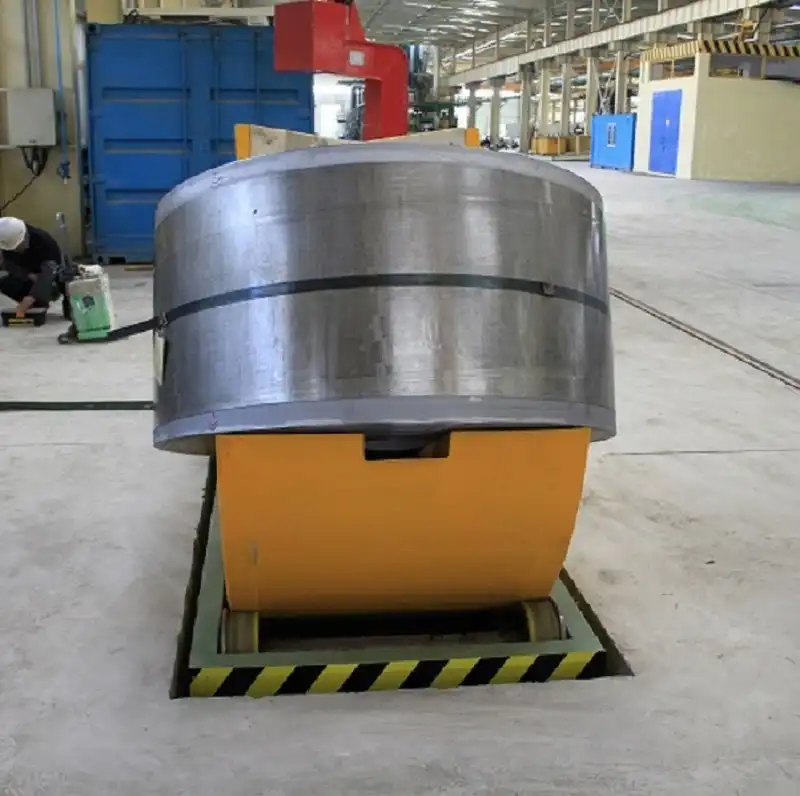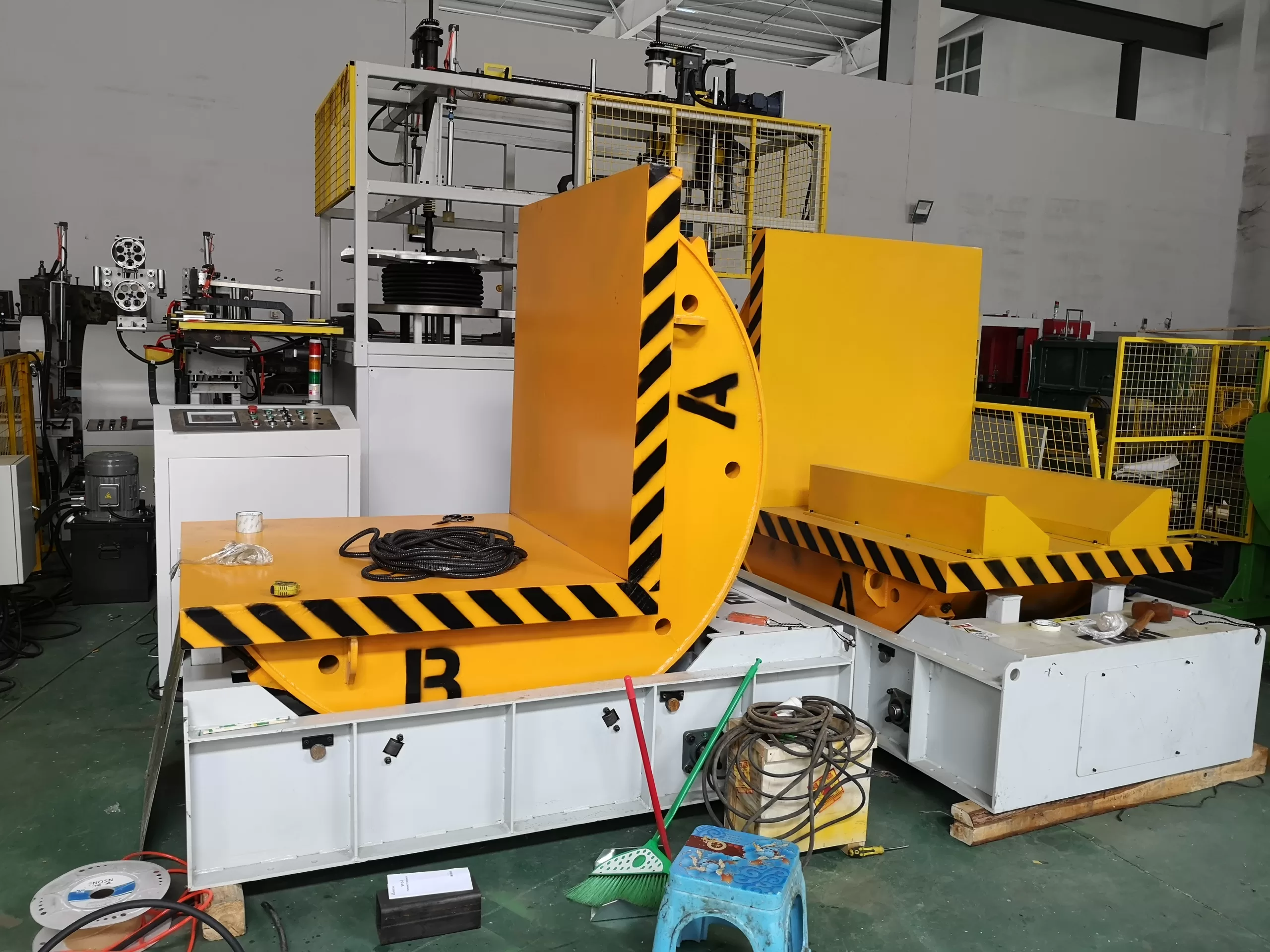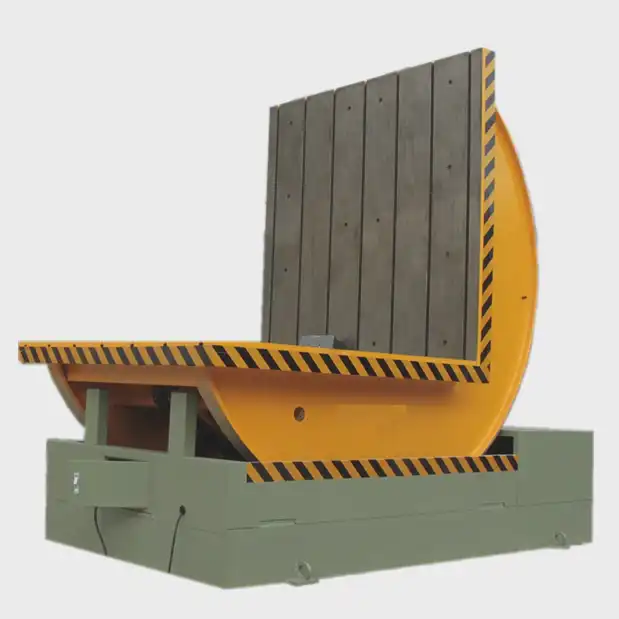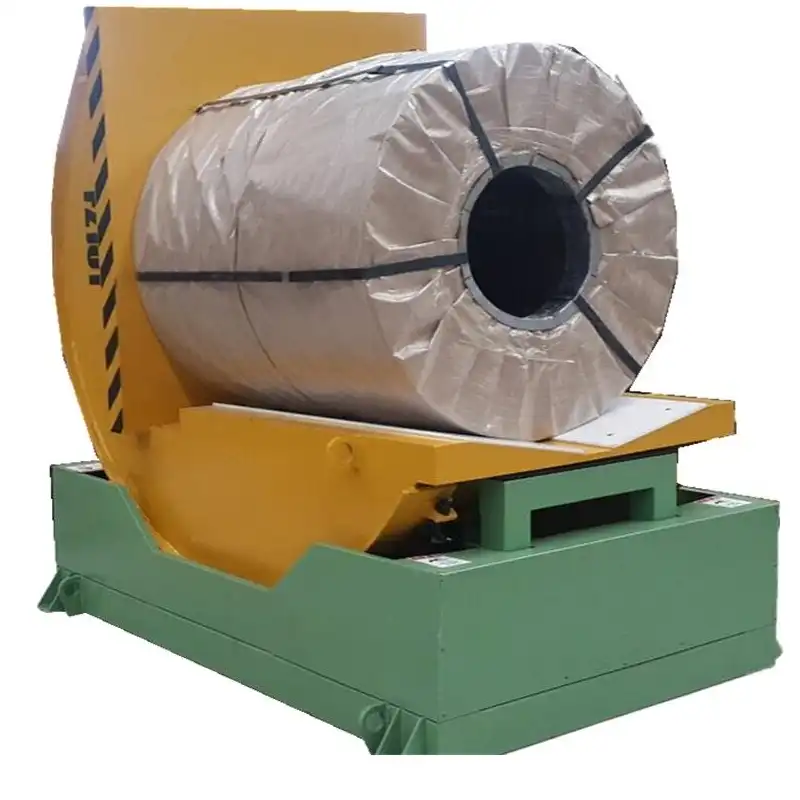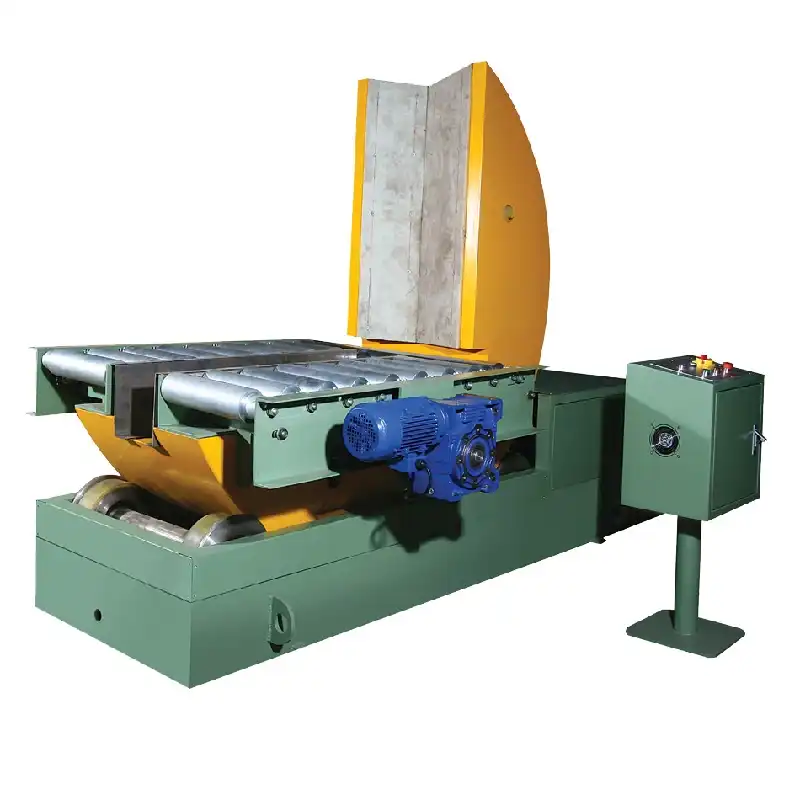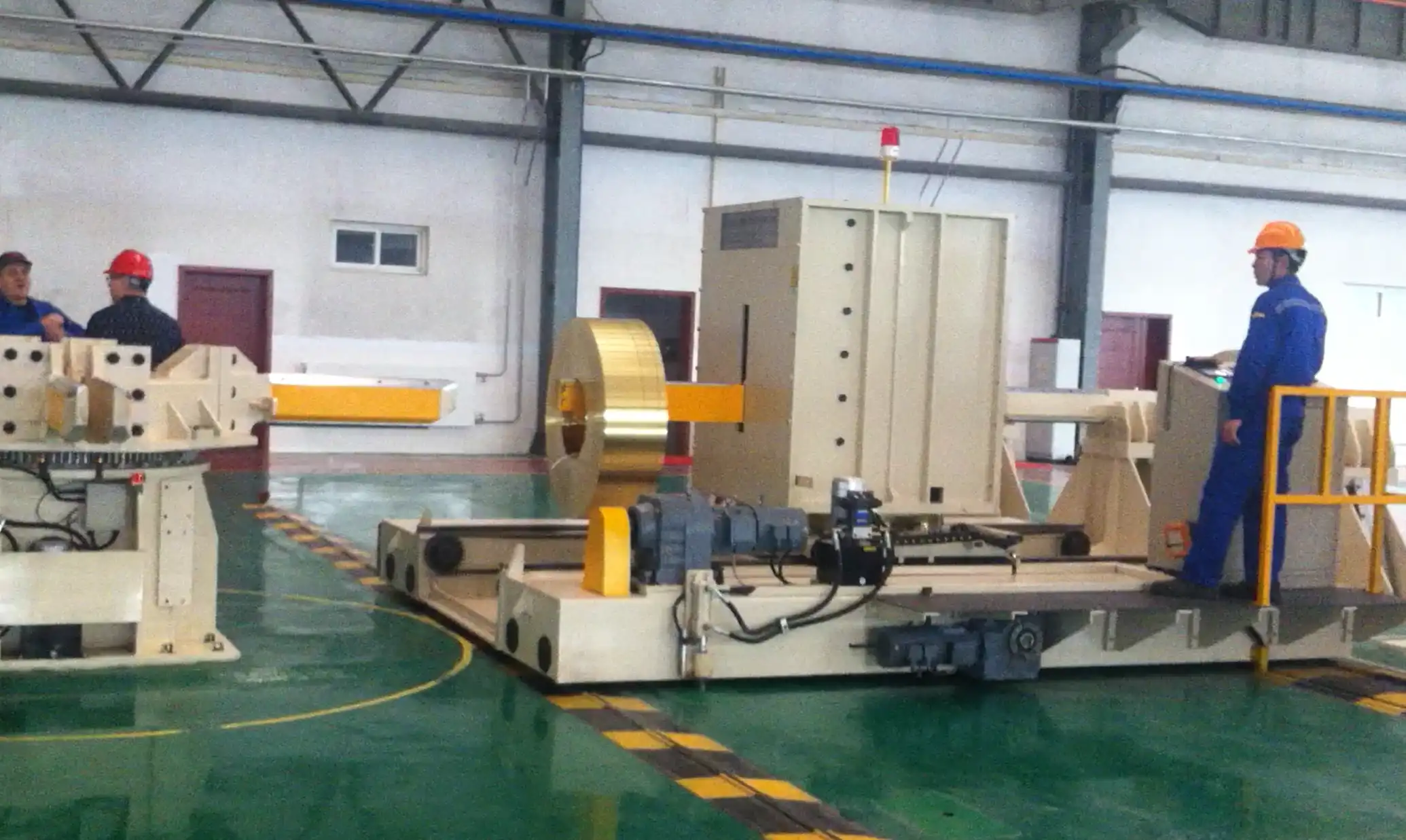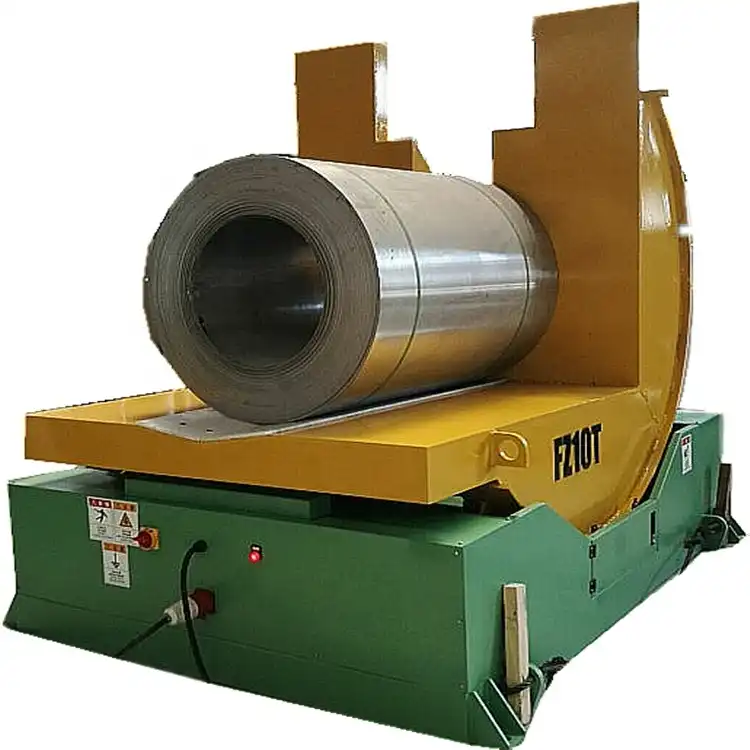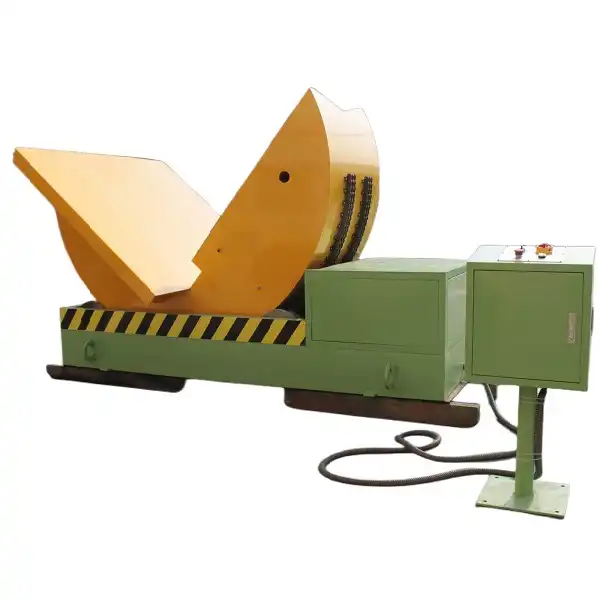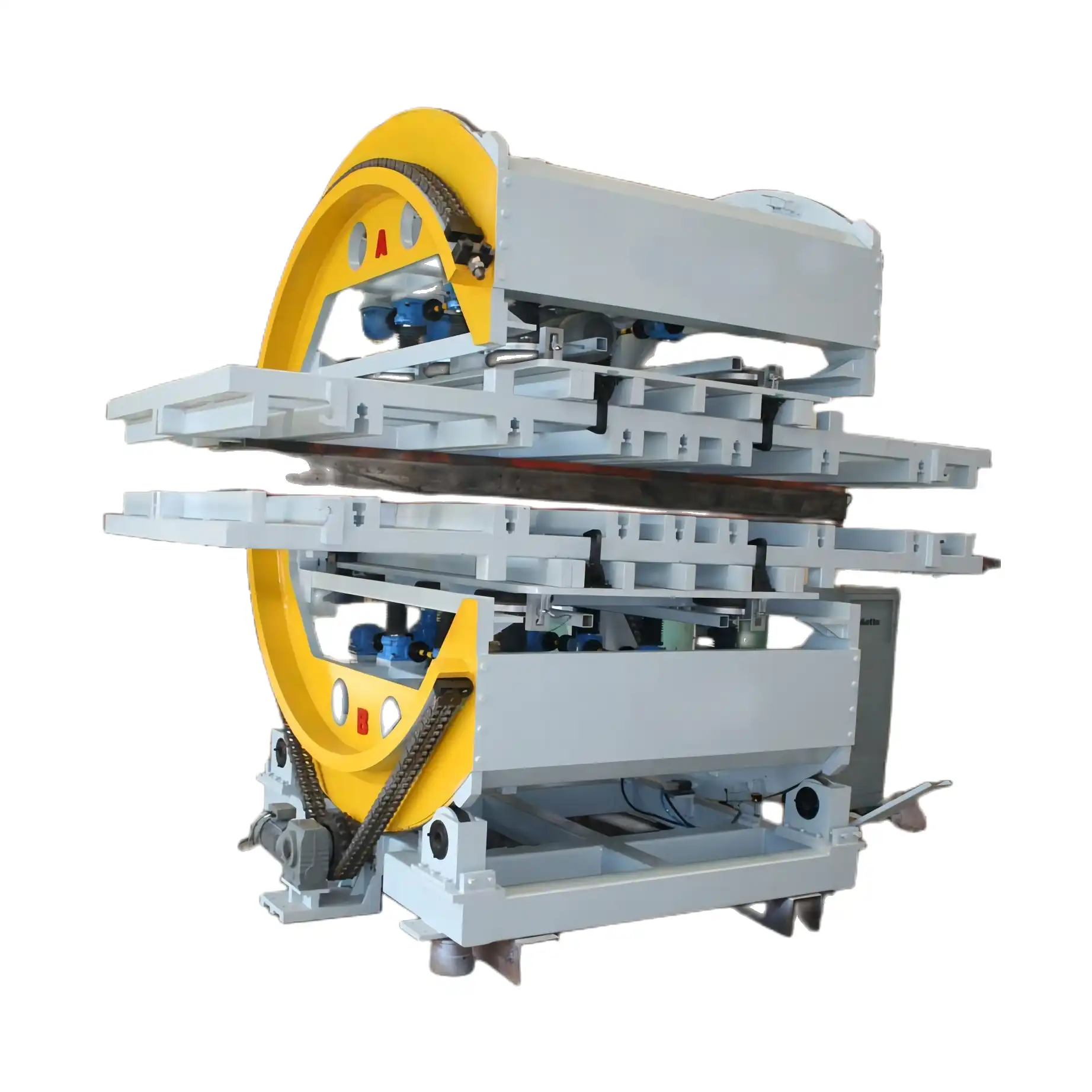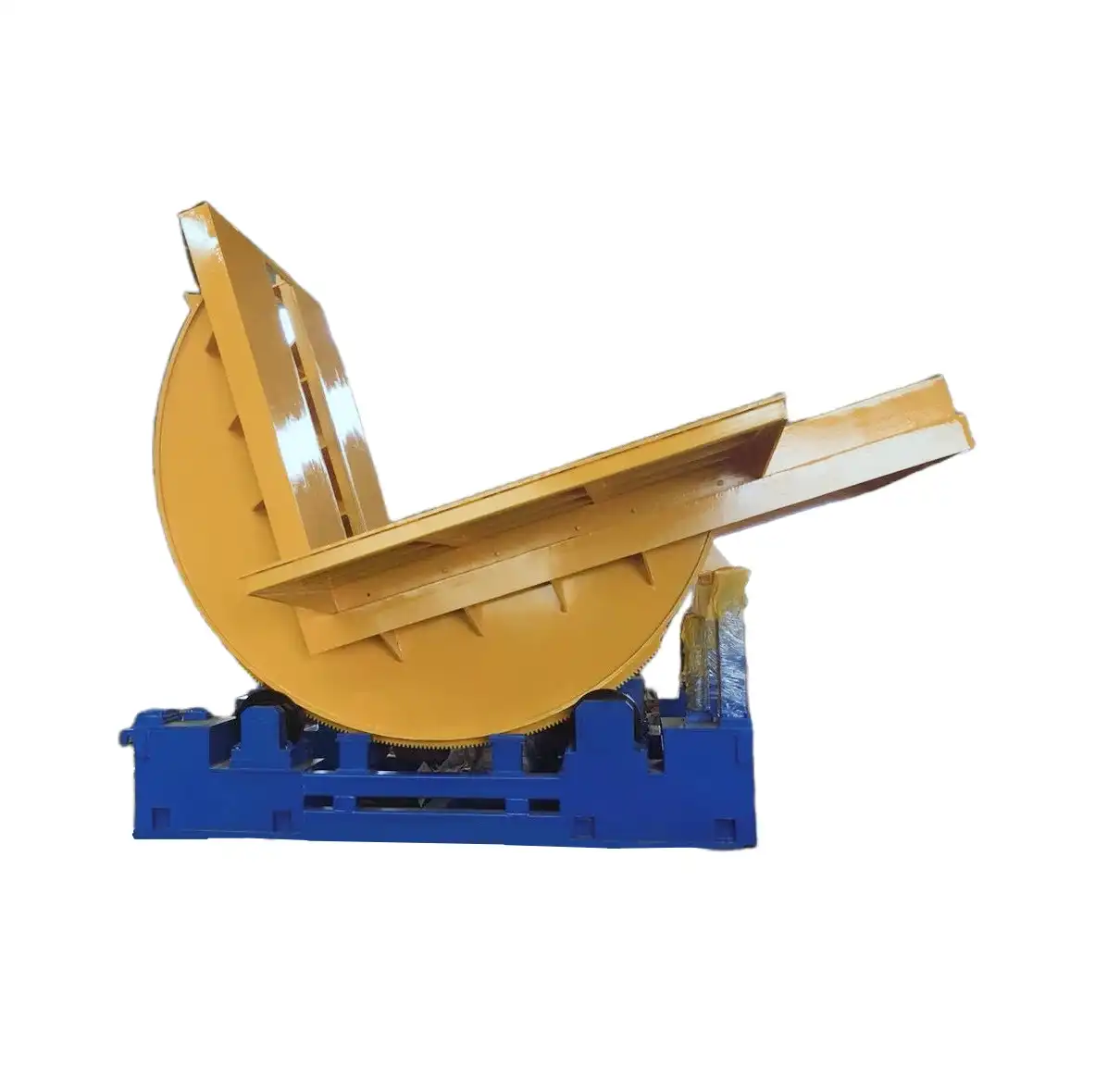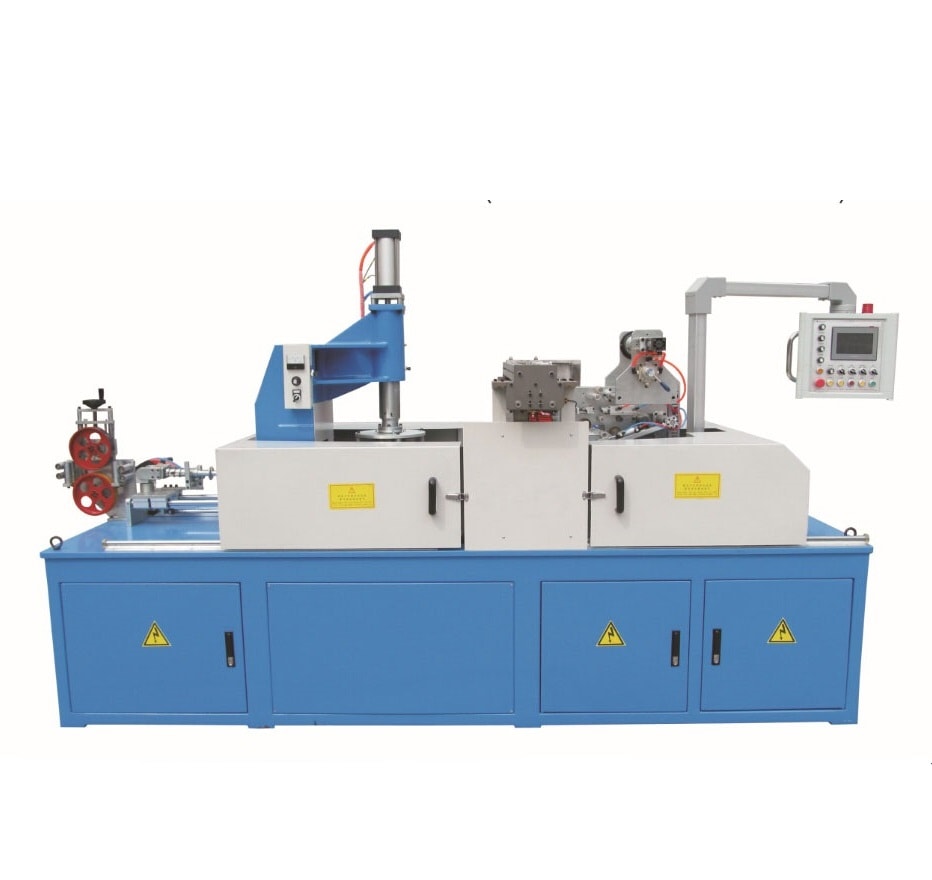Evaluating Steel Coil Upenders Based on Load Capacity and Efficiency
In the steel industry, handling massive and heavy coils can be a logistical challenge. One key piece of equipment that has revolutionized the process is the steel coil upender. By efficiently tilting or rotating steel coils, these machines significantly enhance both productivity and safety. However, with various models available on the market, it’s critical to evaluate them based on specific factors, with load capacity and efficiency being at the forefront. This article explores these two vital aspects to help you make an informed decision when selecting a steel coil upender for your operations.
1. Understanding Steel Coil Upenders
A steel coil upender is a machine designed to rotate steel coils from one position to another, typically from horizontal to vertical or vice versa. This equipment is essential in industries where heavy coils need to be reoriented during the manufacturing or transportation process. The core function of the upender is to reduce manual handling, improve efficiency, and minimize the risk of accidents or product damage.
2. Why Load Capacity is Crucial
When it comes to selecting a steel coil upender, one of the first things to evaluate is its load capacity. Load capacity refers to the maximum weight that the upender can safely handle. Overloading an upender not only compromises safety but also leads to machine wear and tear. In some cases, it can even void the manufacturer's warranty.
For companies dealing with coils of varying weights, it is essential to select an upender that has a load capacity above your heaviest coil. This ensures the machine is not working at its maximum limit constantly, which can reduce maintenance costs and increase the equipment’s lifespan. An upender with a higher load capacity also provides more flexibility for future expansions.
3. How Efficiency Impacts Operations
Efficiency is the second critical factor to consider. A machine's efficiency is measured by how quickly and smoothly it can perform its tasks. In industries where time is money, the speed at which coils are rotated can have a direct impact on production output.
An efficient steel coil upender minimizes downtime by ensuring that coils are flipped or rotated in the shortest time possible. This not only speeds up the workflow but also allows operators to handle more coils in a given timeframe. Automated upenders often have the edge in this regard, as they reduce the need for manual intervention, leading to fewer delays and errors.
4. The Relationship Between Load Capacity and Efficiency
There’s a strong correlation between load capacity and efficiency. An upender designed for heavier loads typically features more robust mechanisms, which can slow down its operation. Conversely, smaller upenders designed for lighter loads may be quicker but lack the versatility to handle a broad range of coil sizes and weights.
When choosing an upender, it’s crucial to strike a balance between load capacity and operational efficiency. If your facility handles a mix of large and small coils, consider investing in a machine with variable speed settings and adjustable load handling features. This allows operators to tailor the upender’s performance based on the coil being processed.
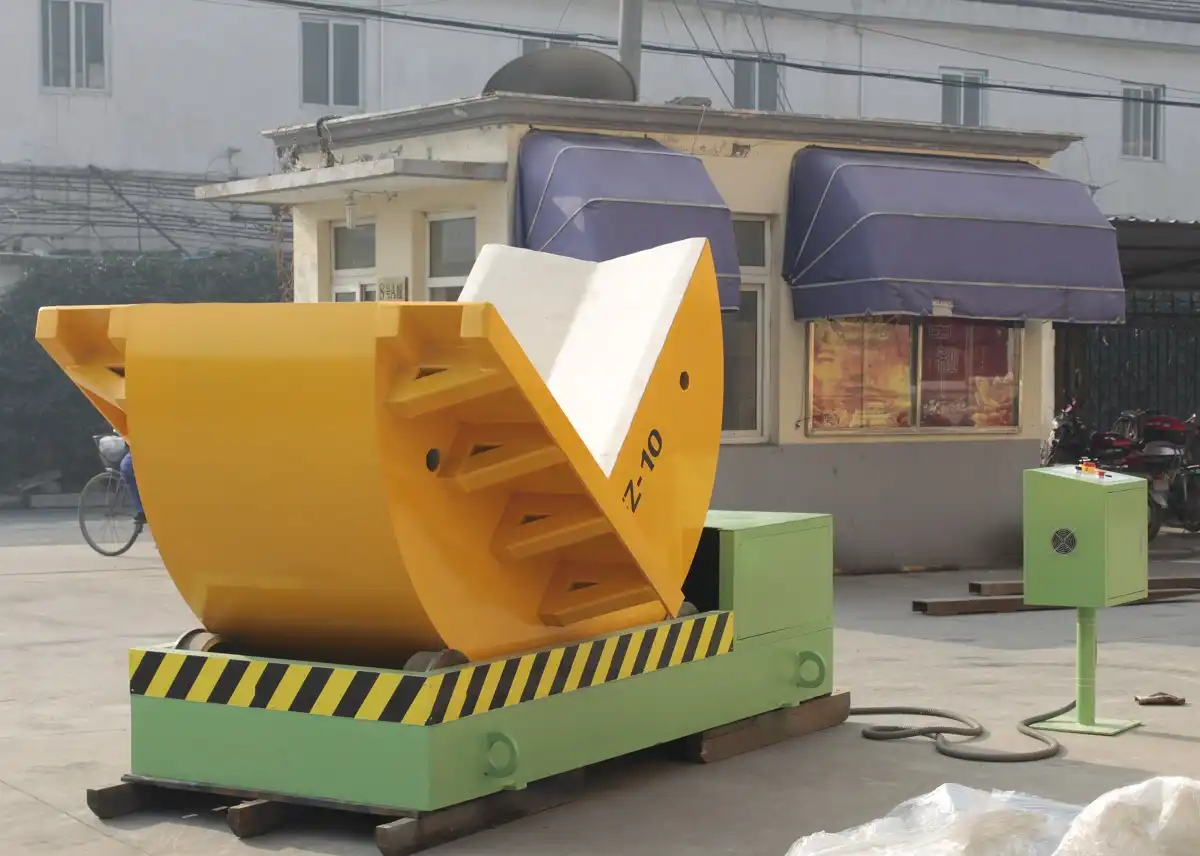
5. The Importance of Automation
In the modern industrial environment, automation is key to improving efficiency. Automated steel coil upenders are equipped with programmable controls, allowing for precise, repeatable operations. This level of control reduces human error and ensures that coils are handled in a consistent manner.
Automation also enhances the safety of operations. Manual handling of steel coils is not only time-consuming but also dangerous. Automated upenders remove workers from the immediate area, reducing the risk of injury. By incorporating smart sensors, these machines can detect issues such as misalignment or overloading, preventing accidents before they happen.
6. Energy Efficiency and Environmental Impact
Another angle of efficiency that often goes overlooked is energy consumption. Steel coil upenders, particularly those handling large, heavy loads, can be energy-intensive. When evaluating different models, it’s important to consider their energy efficiency. Machines with advanced motor designs or energy-saving modes can significantly reduce operational costs in the long run.
Additionally, energy-efficient upenders have a smaller environmental footprint, which is becoming increasingly important as industries face growing pressure to reduce emissions and energy usage. Choosing a machine with lower energy consumption can also align your business with sustainability goals, improving your company’s reputation and appeal to eco-conscious customers.
7. Maintenance and Durability
The efficiency of a steel coil upender isn’t just about how quickly it operates but also how reliable it is over time. A high-quality upender should require minimal maintenance and deliver consistent performance throughout its operational lifespan. Models built with heavy-duty components are less likely to suffer from breakdowns, ensuring they remain efficient even after extended use.
When evaluating an upender’s durability, look for features like reinforced bearings, rust-resistant coatings, and heavy-duty motors. These elements are essential for withstanding the rigors of daily use in industrial environments. Machines that require frequent repairs or downtime for maintenance can severely impact productivity, negating any initial savings from purchasing a less expensive model.
8. Choosing the Right Model Based on Your Needs
Ultimately, the best steel coil upender for your business will depend on your specific needs. If your facility processes a high volume of large coils, prioritize an upender with a higher load capacity and features designed for heavy-duty use. On the other hand, if speed and operational efficiency are your main concerns, an automated model with programmable settings may be the better choice.
It’s also important to work closely with manufacturers or suppliers to ensure the upender you select is tailored to your operational requirements. Many suppliers offer customizable options, allowing businesses to choose specific features such as load capacity, speed, and energy-saving options that best suit their workflow.
Conclusion
Evaluating steel coil upenders based on load capacity and efficiency is essential to optimizing your operations. These machines play a critical role in improving productivity and ensuring the safe handling of heavy steel coils. By choosing an upender that strikes the right balance between capacity and speed, while considering automation and energy efficiency, businesses can maximize their return on investment and ensure long-term operational success.
